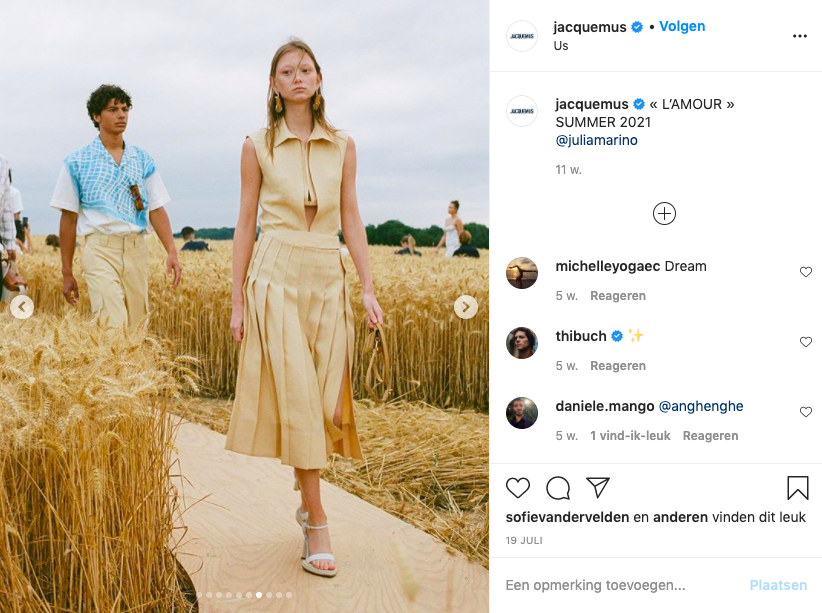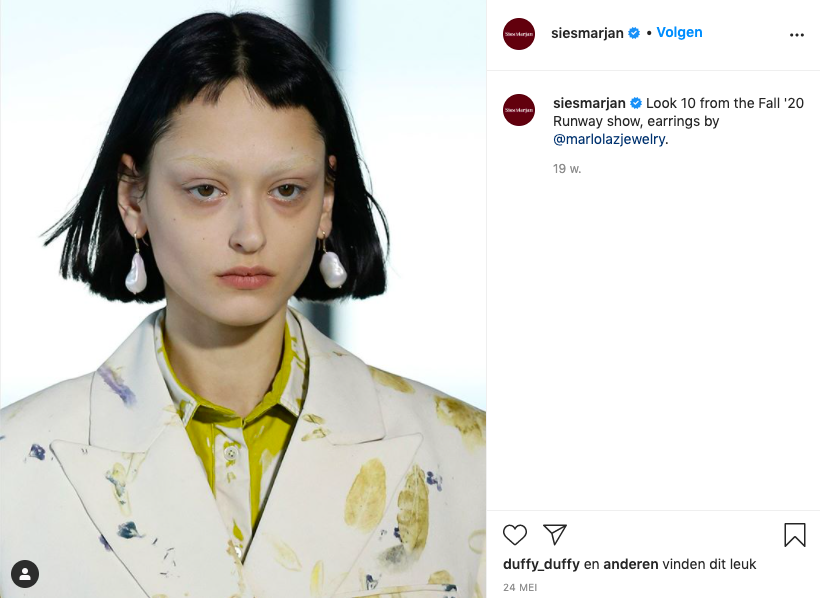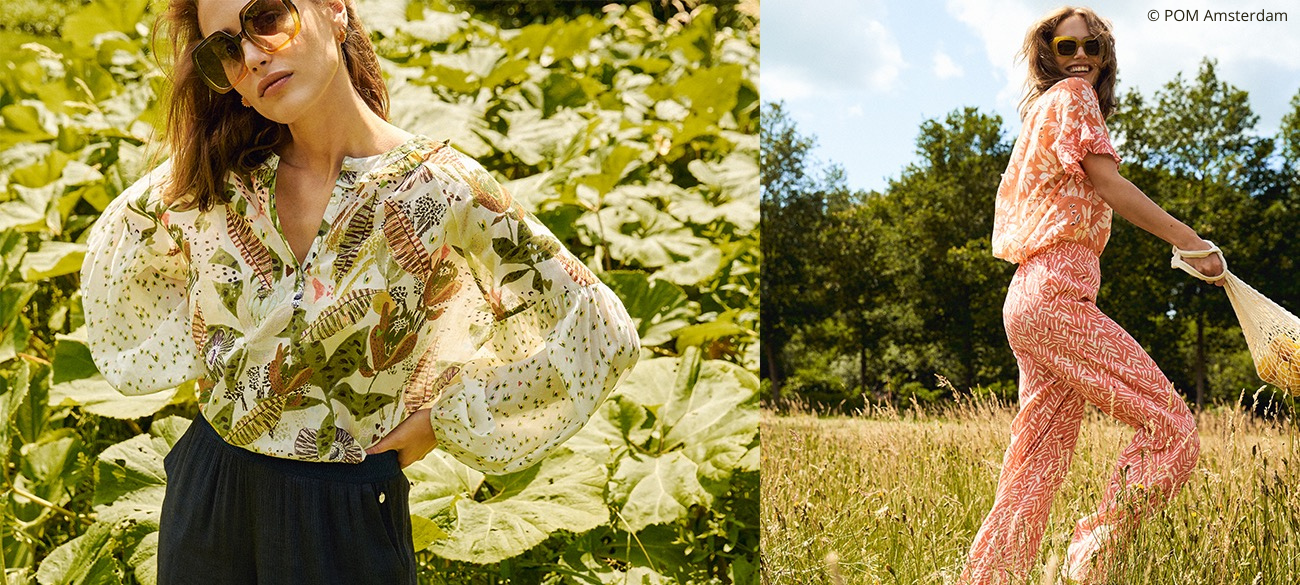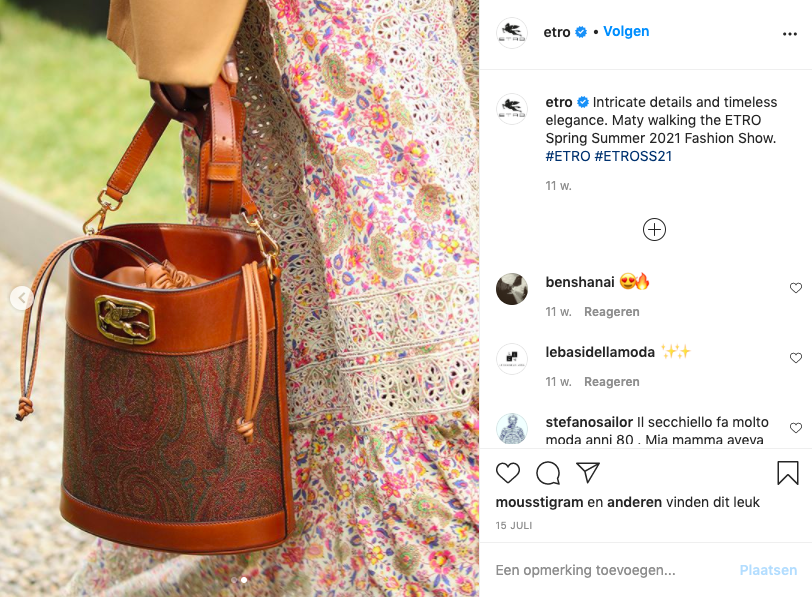EXPO Greater Amsterdam
Stelling 1
2141 SB Vijfhuizen
Nature: the greatest ever fashion influencer
After months of being forced to stay indoors, we’ve come to appreciate her even more: Mother Nature. And rightly so. You see, if we had to name the single greatest all-round source of fashion inspiration, it would be her. From animal to flower prints and from tropical leaves to thousands of leagues under the sea, join us on a fashionable trip through nature.
More wilderness in your wardrobe
‘There is no better designer than nature’, said the late Alexander McQueen. And he was certainly not the only fashion designer to feel a close connection with nature. We’ll have a hard time forgetting Versace’s revealing jungle dress, and the ‘by nature inspired haute couture’ from our very own Iris van Herpen is etched on our memories. At a completely different level, the shows by Jacquemus in the French lavender and wheat fields – already iconic in their own right – are another addition to the list. And this recurring reference to nature is anything but new.

Natural symbols in fashion
We’ve always borrowed a whole host of symbols from nature. In the Western world, for example, trees represent the fertility of the earth, Flora is the Roman goddess of flowers and the personification of spring, and corn signifies abundance. Dependent on socio-cultural backgrounds, much of this symbology returns as visual communication in folkloric motifs. One such example is the current paisley trend, as seen at Prada and Céline. The familiar teardrop shape, brought to the Scottish town of Paisley from Persia via India, is a symbol of life and fertility.
“Natural elements have been part of fashion since time immemorial, and that’s not set to change any time soon.”
Reviving old applications
Leaves, plants and animals: nature has inspired the fashion world for centuries, as well as providing materials. Natural textile paint was produced from e.g. woad, cochineal and madder, albatrosses became muff and pineapple fibres became wire. When ornamental gardens became popular in the 16th century, textile designers based their new ideas on botanical illustrations from so-called flower books. Nowadays, these applications are making something of a comeback. Sander Lak collaborated with the Cornell Natural Dye Studio to develop natural paint techniques for Sies Marjan’s autumn/winter 2020 collection, and for inspiration for her Resort 2020 collection, Alexander McQueen’s Sarah Burton delved into the Royal Botanic Gardens in Kew, London.

Love of nature in our DNA
Forecasters are predicting that 2021 will be dominated by shades of green. A colour that recalls the wooded areas where, back in the day, our ancestors would have sought food. The biophilia hypothesis suggests that our love of nature and other living systems, also in modern life, is deeply rooted in human DNA. And ever more scientific research is proving how nature connects, relaxes and restores. And we’ve been longing for this connection, relaxation and restoration for years.
Trend or not, natural elements have been part of fashion since time immemorial, and that’s not set to change any time soon. And especially now, in these unsettling times, we need Mother Nature just that little more.
Written by Marjolein Lammerts van Bueren
Share article


